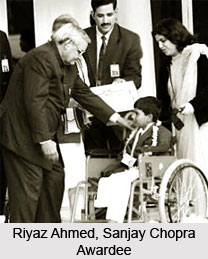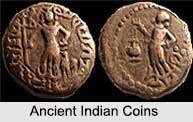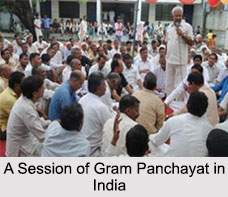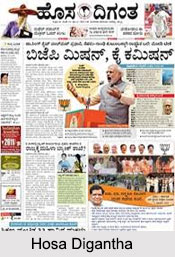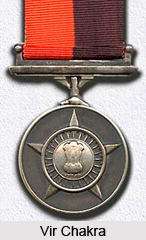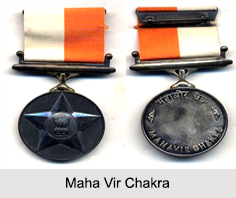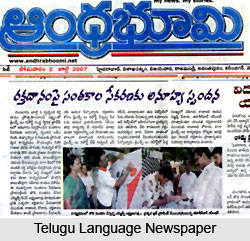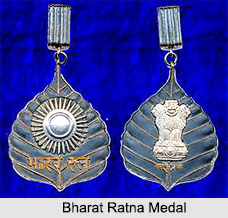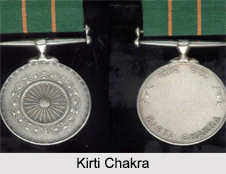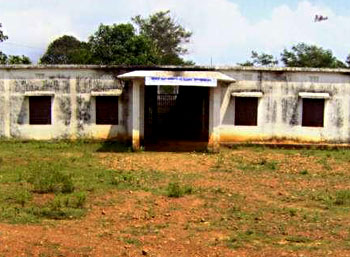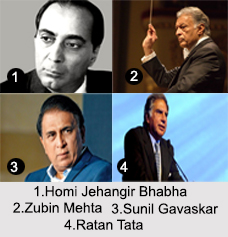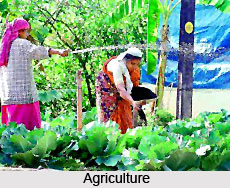 Agriculture:Agriculture is the main occupation of the people in Idukki District. Dairy is the main supplementary source of income of the farmers in the district. Recently, some progressive farmers or women in the district are taking up floriculture, mushroom cultivation, medicinal plants, vanilla cultivation etc. Out of the total population of 3,89,136; the number of cultivators are 75,392, agricultural laborers are 86,030. Number of cottage and household industries are 4,437, other workers are 2,20,783 and marginal workers are 39,470 while the number of people who don`t work are 6,84,390.
Agriculture:Agriculture is the main occupation of the people in Idukki District. Dairy is the main supplementary source of income of the farmers in the district. Recently, some progressive farmers or women in the district are taking up floriculture, mushroom cultivation, medicinal plants, vanilla cultivation etc. Out of the total population of 3,89,136; the number of cultivators are 75,392, agricultural laborers are 86,030. Number of cottage and household industries are 4,437, other workers are 2,20,783 and marginal workers are 39,470 while the number of people who don`t work are 6,84,390.
This District has the agro-climatic conditions which is suitable for the cultivation of plantation crops and these includes tea, coffee, rubber, coconut, cardamom, pepper, etc. The District is in the second position regarding agricultural production. Small and marginal farmers are predominant in the district. However, some corporate bodies and private agencies own some land in High land areas, which has large holdings of plantations of tea, cardamom, etc.
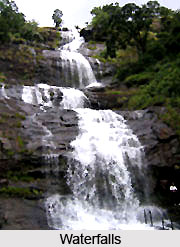 This Idukki District also called a creation of God`s natural beauty has Tea Gardens in the north while major hilly areas have Cardamom plantation. A major portion of the available land is unsuitable for cultivation because of the reason of Hilly terrain, lack of proper irrigation facilities and accessibility, forest cover and topography in general. Even with all these drawbacks here in this district agriculture and animal husbandry are the main occupation of the people. The district is very famous for production of spices like pepper and cardamom. Rubber, Coffee and Coconut are the other important crops in the district. More than 80 per cent of the cropped area is under perennial crops. The district is affirmed as the `Spices District`. A `Technology Mission` has been set up for the development of spices here.
This Idukki District also called a creation of God`s natural beauty has Tea Gardens in the north while major hilly areas have Cardamom plantation. A major portion of the available land is unsuitable for cultivation because of the reason of Hilly terrain, lack of proper irrigation facilities and accessibility, forest cover and topography in general. Even with all these drawbacks here in this district agriculture and animal husbandry are the main occupation of the people. The district is very famous for production of spices like pepper and cardamom. Rubber, Coffee and Coconut are the other important crops in the district. More than 80 per cent of the cropped area is under perennial crops. The district is affirmed as the `Spices District`. A `Technology Mission` has been set up for the development of spices here.
Out of the total area of about 5,10,522 Ha; about 2,17,005 Ha comes under cultivation. Also non-food crops occupy about 90,000 Ha. The per capita availability of the land in Idukki district is 0.24 Ha.
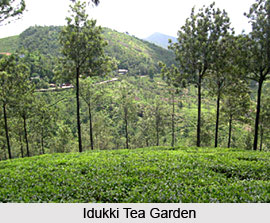 Cropping Pattern:
Cropping Pattern:
Agriculture is still the largest source of employment in the district as this is the most important segment of the economy. Cardamom, Tea, Rubber and Coffee account for more than 50% of the total cropped area and Pepper occupy about 25%. Paddy cultivation is comparatively less, confined to only around 5000 Ha. Some of the important crops as for example Cardamom is produced 2935 tonnes per year and this production is done in the whole area of 55174 Ha, which is almost 27.23 % of the total cropped area. The production of tea is almost 46697 tonnes per year while it is done in the area of 23557 Ha i.e. 11.62% of the total cropped land. Another important crop is rubber whose total production per year is 24479 tonnes and is done in the area of 34596 Ha, which is 17.07% of the total cropped land on the district.
Coffee is also an important crop that is done in the whole area of 10834 Ha and produced at the amount of 3990 tonnes. These are the most prominent crops in the district, besides these pepper is also an important crop, which occupies the second position i.e. 25% of the total cropped area. Pepper is mainly cultivated in the area of 34759 Ha, which is 17.15% of the total cropped area and the production is about 14096 tonnes. The reasonably less productive crop is paddy whose production is almost 10953 tonnes; this is done in the total area of 5078 Ha, which is 2.50 % of the total cultivated area.
Animal Husbandry:
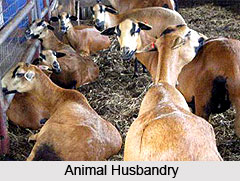 Animal husbandry or farming activities are the major subsidiary occupations of the farming community. Extensive pasture, grazing lands and the favorable climate are the things, which make the district suitable for rearing. Livestock wealth has great significance in the agricultural economy of the district. As per the latest survey, there is a total cattle population of 215432 animals in the district, of which 192311 are cows, 20863 are buffaloes and 2258 are sheep. The population of other animals is about 504076 in number.
Animal husbandry or farming activities are the major subsidiary occupations of the farming community. Extensive pasture, grazing lands and the favorable climate are the things, which make the district suitable for rearing. Livestock wealth has great significance in the agricultural economy of the district. As per the latest survey, there is a total cattle population of 215432 animals in the district, of which 192311 are cows, 20863 are buffaloes and 2258 are sheep. The population of other animals is about 504076 in number.
Animal health cover is provided by the Animal Husbandry Department through its veterinary institutions located at panchayat levels. The other facility, which is available throughout the district, is artificial insemination.
Industrial Scenario:
Idukki is an industrially backward District. According to 1998 statistics there are 303 registered Industrial units employing 6368 workers. There are 5085 SSI units, which provide employment for 17,708 persons.
Lack of infrastructure like electricity, transportation, and communication etc. is the result for less industrial development. The district with its natural beauty, evergreen hills, valleys, forests, waterfalls, game sanctuaries, wild flora and fauna, pleasant weather, and many more offers vast potential for forest based industries and tourism development.
Some of the major industries present in this district are Nagarjuna Herbal concentrate situated at Alakode. Mainly ayurvedic medicines are manufactured here. Crumb rubber factory is located at Muttom and is popular for producing crumb rubber. The other one is Guardian controls, which is situated at Vengallor and is famous for the electronic item. In addition to these there are a number of Major Tea Factories like Tata Tea, RBD, AV Thomas & Co., Malayalam plantations etc.





